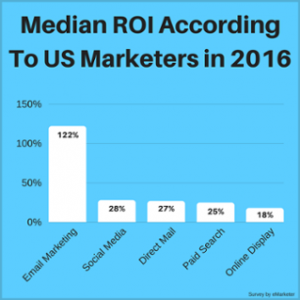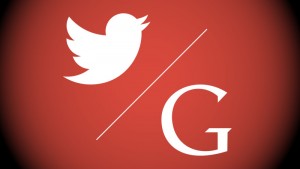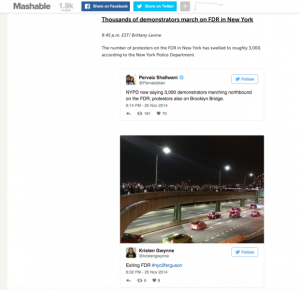It’s important for every Facebook Page manager to have a good understanding of the performance of their Page. Especially today, where Facebook is more and more evolving in an advertising platform, and consequently an advertising budget comes in place, it is necessary to understand what works and where to allocate more efforts and resources. I will try to explain which metrics you should track and which analyses you should perform to fully understand the performance of your Facebook Page.
Analytics worth tracking:
You can export Page data or Post data from Facebook. Export Page data to have a better understanding of your audience, but Page data will give you a better insight of the performance of the content you posted.
1. Page Likes
The first number many clients look at, are Page Likes. However, since Facebook’s recent changes in its advertising model organic reach is dwindling down to 2%. Instead of focussing on increase page likes, brands should focus on reaching people, whether they Like the page or not.
2. Post Reach
Facebook defines Post Reach as “The total number of people your Page post was served to (Unique Users)”. Post Reach gives you thus a better idea of the size of your effective audience – those who see your content are namely not limited to your Fans. When you want to measure Post Reach over time, note that Total Post Reach should be taken with a grain of salt. You can’t simply add the numbers for your daily reach (unique users) within a time period because there will be an overlap.
3. Post Impressions
Some people might prefer Post Impressions over Post Reach. Facebook defines Post Impressions as “The number of impressions for your Page post (Total Count)”. Impressions indicate the number times a post from your Page is displayed and is a useful metric to analyze how frequently users are exposed to your content. Other social media platforms like Twitter and LinkedIn do not track Reach, so in order to compare your Facebook Page performance with your Twitter or LinkedIn performance, it is recommended to track Facebook Post Reach.
4. Post Engagement
Post Engagement measures how your audience responds to your content. There are two levels of Post Engagement; people can consume your content or create stories. Stories are the number of likes, comments and shares on your Page post, Consumptions are the number of clicks anywhere in your post (Total Count), including link clicks, other clicks, photo views and video plays. Clicks generating a story (like, comment, share) are included in other clicks. Measuring clicks on your posts gives you a more complete view of engagement, and a better idea of whether your posts will continue to appear in users’ News Feeds (clicks are factored into the Facebook Algorithm).
Not is it only important to measure Stories and Consumptions, you should also measure how many people are engaging with your page (unique users). Facebook has three different metrics that can measure the number of engaged users; People Talking About This (unique people creating a story), Post Consumers (unique users who clicked anywhere in your post) or Engaged Users (unique users who clicked anywhere in your posts, this also includes liking your page). Since I prefer to measure post level, I prefer to track PTAT and Post Consumers.
To measure your effectiveness at engaging your audience, you should calculate your engagement rate. You can calculate 2 different engagement rates: (1) PTAT/Post Reach: This measures the number of unique users who created a story with your content as a percentage of the number of users that were exposed to it. (2) Post Consumers/Post Reach: This measures the number of unique users who clicked anywhere in a post as a percentage of the number of users that were exposed to it.
(226)






